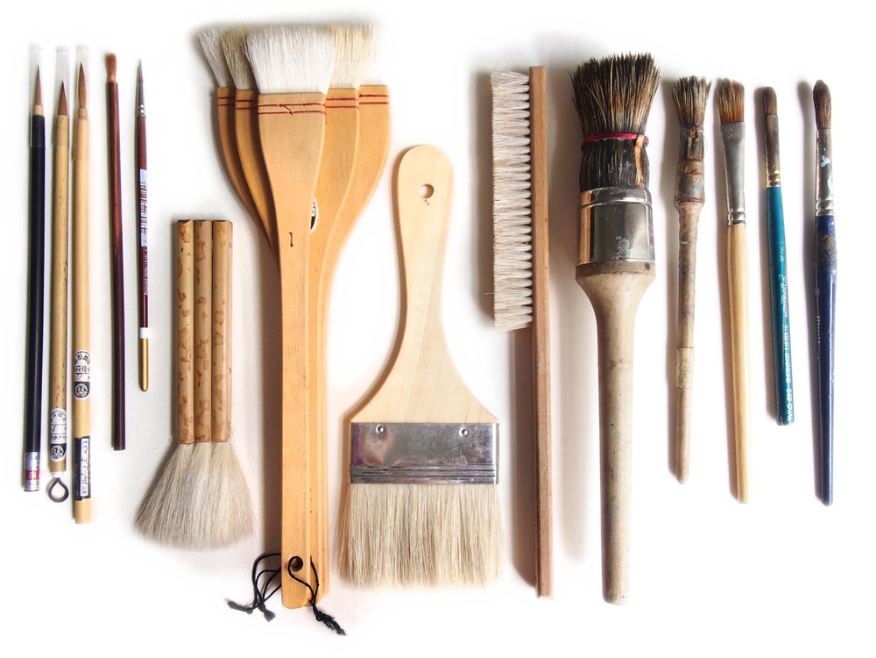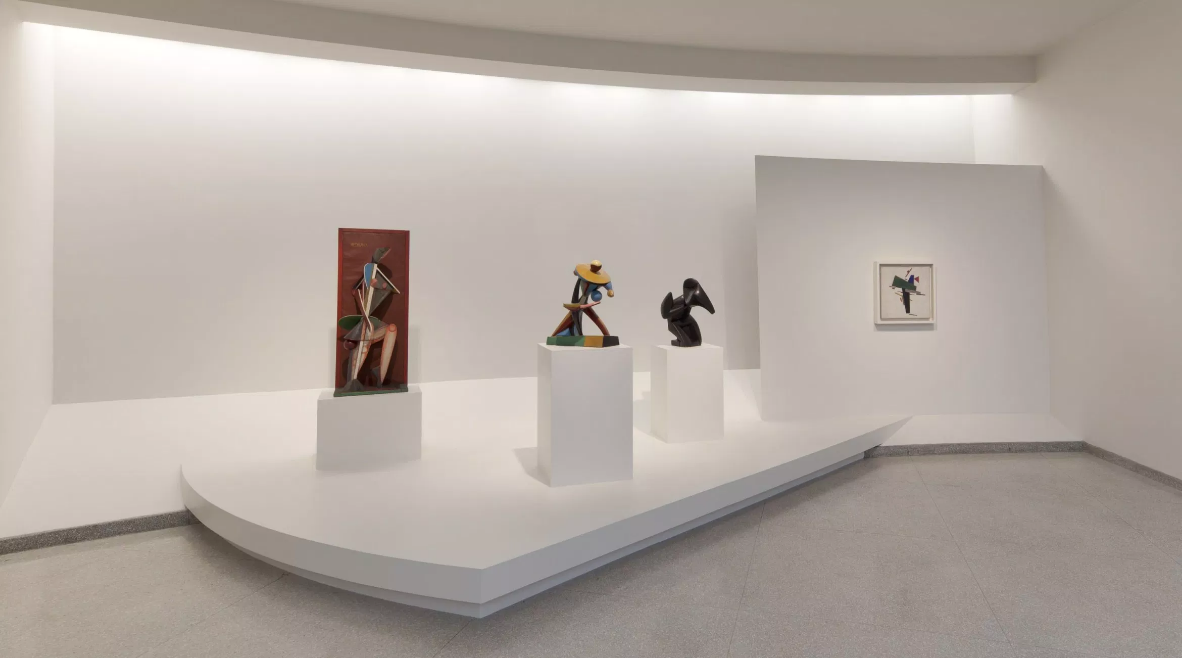Apache Decision Support System
The Apache Decision Support System (DSS) allows users to assess the conservation status of their artifacts and to discover and rank the most suitable preventive measures to be applied. The Apache DSS is specifically tailored to tangible, movable and indoor cultural heritage.What can I do with the DSS?
Get generic information about preventive measures
In this area of the Apache DSS generic information about possible threats and related preventive measures is available in relation to different constituting materials.

Set up preventive measures for my collection
In this area of the Apache DSS specific information about possible threats and related preventive measures is available in relation to the artworks and conditions currently in place in your collection. Furthermore sensor data can be uploaded or automatically retried and can be used to highlight best practices.This tool aims to support preventive conservation decision making for cultural heritage collections, through providing basic information concerning the behaviour of a limited number of common materials found in heritage objects, in relation to four well-known sources of environmental deterioration (temperature, relative humidity, light and airborne pollutants).
Preventive conservation seeks to avoid or minimise the future deterioration of cultural heritage through indirect actions that do not interfere with the materials and structures of heritage assets, or modify their appearance. This approach requires the assessment of objects and their wider contexts in order to identify damage threats and inform long-term judicious management and planning.
Having a close awareness of the objects in your collection, the values they hold for different people and the conditions to which they are exposed is the foundation for developing a preventive conservation plan. An important preliminary step is to evaluate the state of conservation of the objects within the collection. This requires making regular inspections of the physical condition of the objects, and recording this information to determine if there are any changes. In addition, it is important to assess and monitor the environment to which the collection objects are exposed, along with other risk factors (e.g. fire, flooding, theft, earthquake etc.). A comprehensive guide to risk assessment for cultural heritage collections is given by Michalski and Pedersoli (2016). [1]
The information contained within this tool is not intended to be prescriptive, and any modification to the environmental conditions of exposure should be based on an adequate risk assessment for the collection in order to prioritise necessary actions within an overall preventive conservation strategy.
[1] Michalski, S., and Pedersoli, J.L., The ABC Method: a risk management approach to the preservation of cultural heritage (2016) CCI and ICCROM (available at: https://www.iccrom.org/publication/abc-method-risk-management-approach-preservation-cultural-heritage)

